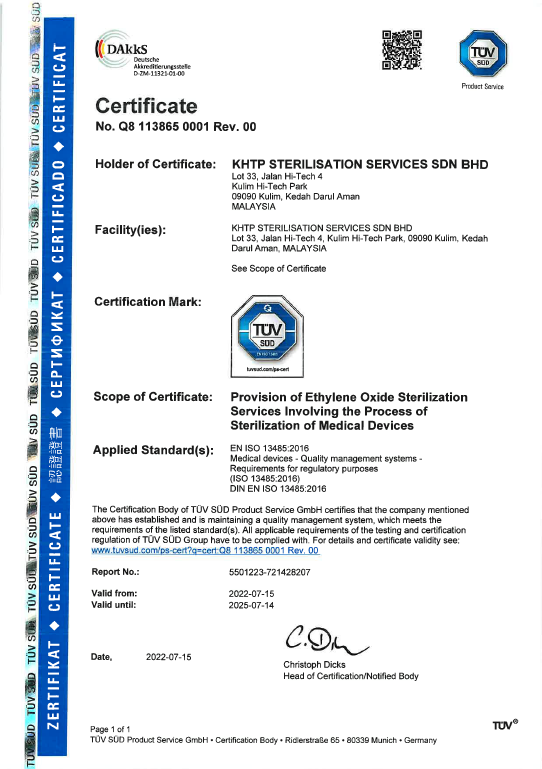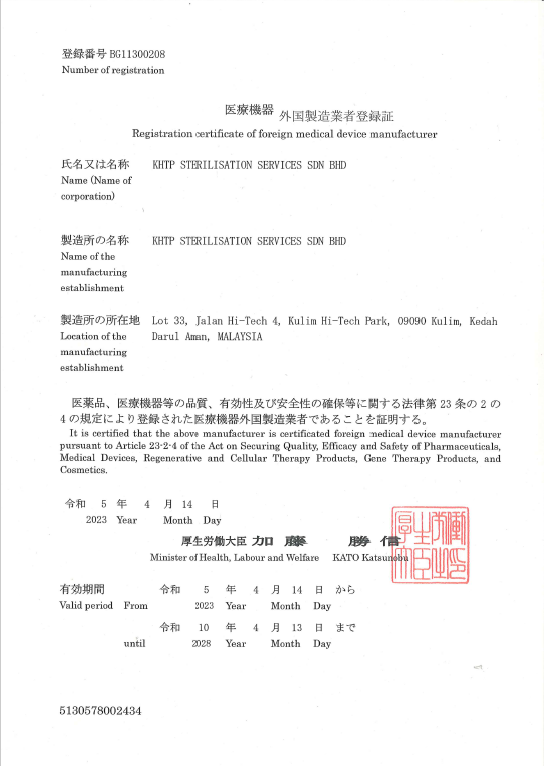Validation
Biological Indicators (BIs):
Use biological indicators containing a known number of highly resistant spores (e.g., Geobacillus stearothermophilus) to assess the lethality of the sterilization process. Place these indicators in the most challenging locations within the load.
Process Challenge Devices (PCDs):
Use process challenge devices that simulate the load’s most difficult-to-sterilize items. These devices may contain thermocouples or biological indicators to assess the sterilization process’s efficacy.
Validation Runs:
Conduct multiple validation runs using actual products or product simulators. Monitor and record process parameters during each run.
Microbiological Testing:
Perform microbiological testing on the sterilized products to ensure microbial reduction to the required level. This includes testing for both aerobic and anaerobic organisms.
Routine cycle
Loading the Chamber:
Load the prepared devices into the sterilization chamber, ensuring proper spacing and arrangement to facilitate EO penetration.
Pre-conditioning:
In some cases, a pre-conditioning phase may be employed to expose the load to controlled humidity levels. This helps enhance the effectiveness of EO sterilization.
Aeration/De-gassing:
After the exposure period, evacuate the ethylene oxide gas from the chamber and initiate aeration or de-gassing. This step is crucial to remove residual EO and make the sterilized products safe for use.
Environmental Monitoring:
Regularly monitor the environment surrounding the sterilization chamber to ensure that any EO emissions are within acceptable limits.
Lab Testing
ETO Residual Gas:
Purpose: To ensure that residual ethylene oxide levels are within acceptable limits as per ISO standard.
Method: Use gas chromatography or other analytical methods to measure residual EO levels on or within the sterilized medical devices.
Analysis: Compare the results to established acceptance criteria to ensure the safety of the products.
Routine Monitoring and Environmental Testing:
Purpose: To monitor and control the sterilization environment.
Method: Regularly monitor parameters like temperature, humidity, and EO concentration within the sterilization chamber and its surroundings.
Analysis: Ensure that the sterilization process is consistently operating within specified limits.
Storage
Packaging:
Package the sterilized devices in materials that maintain the sterility of the products. Use packaging that is compatible with ethylene oxide sterilization and provides an effective barrier against microbial contamination.
Environmental Conditions:
Store the packaged devices in a controlled environment with conditions suitable for maintaining sterility. This includes controlling temperature, humidity, and preventing exposure to contaminants.
Storage Duration:
Establish and adhere to a defined shelf life for the sterilized devices. Consider the stability of the materials and the potential for microbial re-contamination over time.
Inventory Management:
Implement a robust inventory management system to track the sterilized devices, including their lot numbers, expiration dates, and storage locations. This facilitates traceability and ensures that products are used within their designated shelf life.
Certifications
Demonstrating commitment to quality, our sterilisation services adhere to rigorous industry standards.



